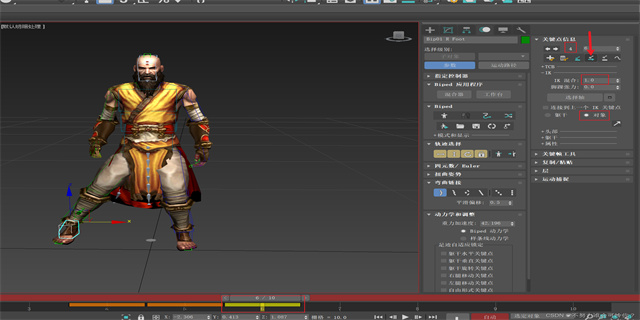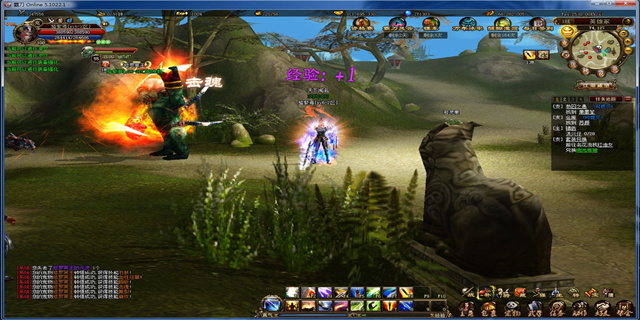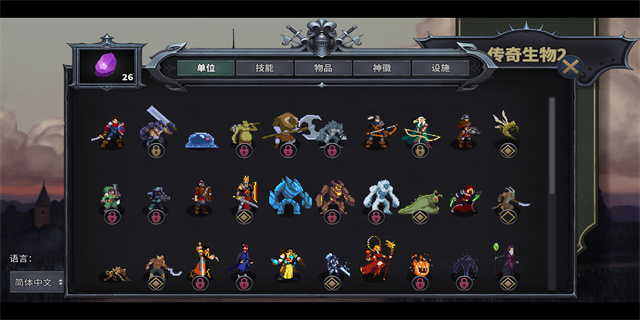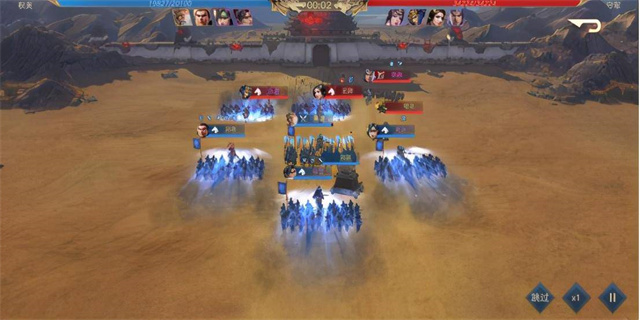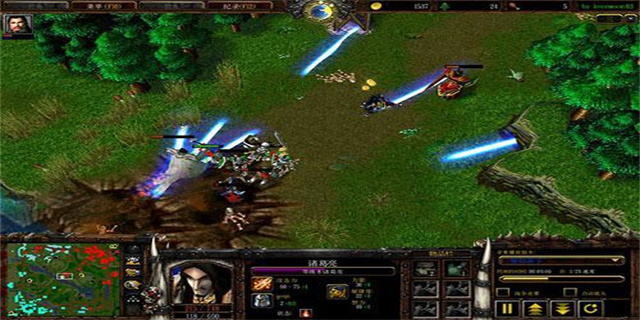英雄联盟隐藏分(Exploring the Hidden Ranking System in League of Legends)
Exploring the Hidden Ranking System in League of Legends
Introduction:
The intricate world of League of Legends extends far beyond the visible rank tiers that players strive to climb. Beyond the surface lies a hidden ranking system that works behind the scenes to determine player skill and ensure balanced matchmaking. In this article, we will delve into the depths of the League of Legends hidden ranking system, exploring its mechanics, impact on matchmaking, and how players can navigate it to achieve success.

Understanding the MMR: The Foundation of Hidden Ranking:
Underneath the surface of visible ranks lies the Matchmaking Rating (MMR) system, which serves as the foundation for the hidden ranking system in League of Legends. MMR is a numerical value assigned to each player, reflecting their skill level and performance in ranked games. This value is hidden from players, but it heavily influences matchmaking and LP gains or losses.
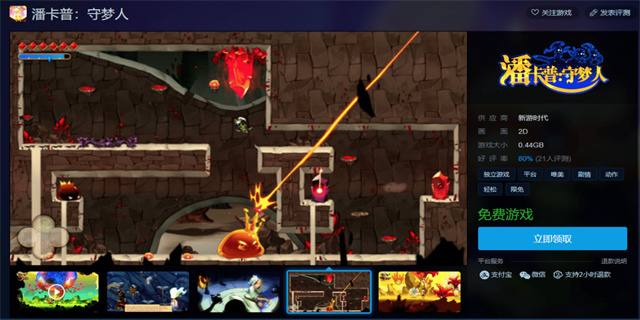
MMR is affected by various factors, such as win/loss ratio, the performance of the player against opponents with different MMRs, and the overall performance of the team. Winning games against opponents with higher MMR will result in greater MMR gains, while losing games against lower MMR opponents will lead to more significant MMR losses.
Impact of Hidden Ranking on Matchmaking:
The primary purpose of the hidden ranking system is to create fair and balanced matches. When players queue up for ranked games, the system utilizes their MMR to match them with teammates and opponents of similar skill levels. This ensures that the matches are challenging and promote healthy competition.
However, there are cases where matchmaking can feel unbalanced. This can happen when there is a significant skill disparity between players or when the player base's overall pool is limited during off-peak hours. The system strives to find the best possible match in these situations but might occasionally result in less ideal matchups.
Players may also experience LP gains or losses that seem incongruous to their visible rank. This occurs when a player's MMR is significantly higher or lower than their visible rank, indicating that they are either underperforming or overperforming relative to their assigned rank. In such cases, LP adjustments act as a mechanism to align the player's visible rank with their hidden MMR.
Navigating the Hidden Ranking System:
Understanding how the hidden ranking system works can be advantageous for players aiming to climb the ladder in League of Legends. Here are a few tips to navigate the system effectively:
1. Consistency is Key: The more consistently you perform, the more accurately your hidden MMR will reflect your true skill level. Aim to maintain a positive win/loss ratio and consistently perform well in matches to steadily climb the hidden ranking ladder.
2. Focus on Individual Performance: While winning games is crucial, individual performance also plays a significant role in MMR gains. By consistently outperforming opponents, even in losing games, you can mitigate MMR losses and potentially earn more significant gains, helping you climb faster.
3. Adapt and Improve: The hidden ranking system is designed to encourage improvement. Analyze your gameplay, identify areas for improvement, and actively work on enhancing your skills. As you grow as a player, your hidden MMR will reflect the progress, and you will be matched with opponents of higher skill levels.
Conclusion:
The hidden ranking system in League of Legends is a complex and essential component of the game, shaping matchmaking and ensuring balanced competition. Understanding how it works allows players to navigate the system effectively and climb the ladder. By staying consistent, focusing on individual performance, and actively improving, players can harness the power of the hidden ranking system to achieve success and reach new heights in their League of Legends journey.
Exploring the Hidden Ranking System in League of Legends Int
2023-11-18


